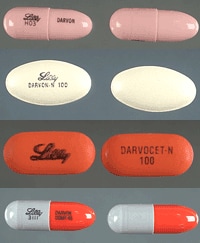October 20, 2010 — Chest compressions should be the first step in addressing cardiac arrest. Therefore, the American Heart Association (AHA) now recommends that the A-B-Cs (Airway-Breathing-Compressions) of cardiopulmonary resuscitation (CPR) be changed to C-A-B (Compressions-Airway-Breathing).
The changes were documented in the 2010 American Heart Association Guidelines for Cardiopulmonary Resuscitation and Emergency Cardiovascular Care, published in the November 2 supplemental issue of Circulation: Journal of the American Heart Association, and represent an update to previous guidelines issued in 2005.
"The 2010 AHA Guidelines for CPR and ECC [Emergency Cardiovascular Care] are based on the most current and comprehensive review of resuscitation literature ever published," note the authors in the executive summary. The new research includes information from "356 resuscitation experts from 29 countries who reviewed, analyzed, evaluated, debated, and discussed research and hypotheses through in-person meetings, teleconferences, and online sessions ('webinars') during the 36-month period before the 2010 Consensus Conference."




















